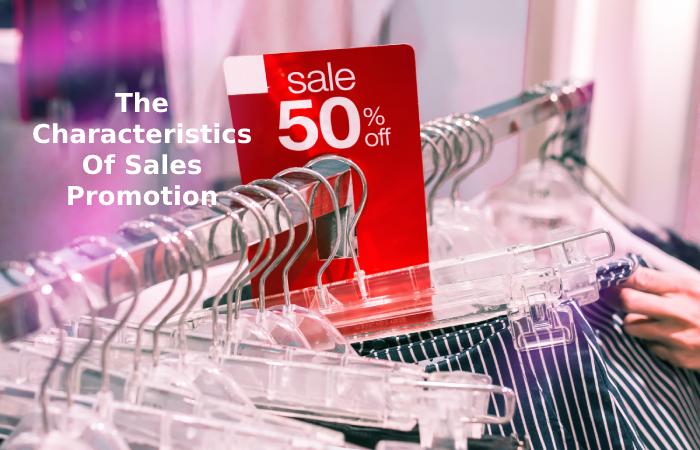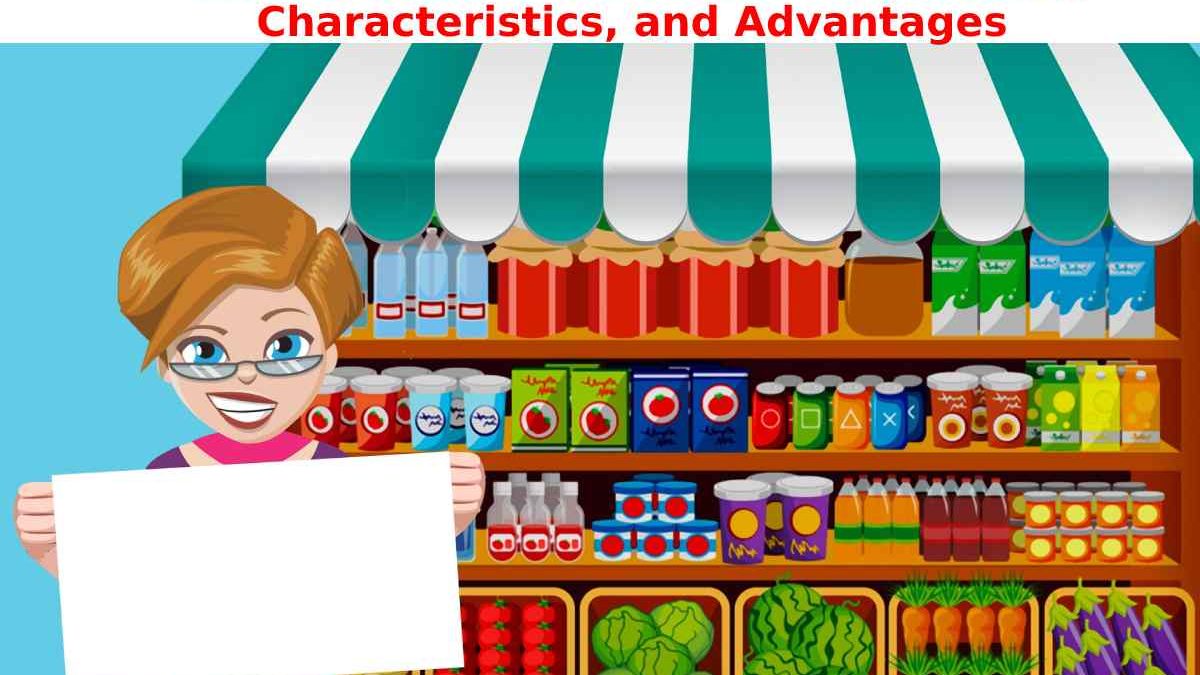Table of Contents
What is Sales Promotion?
Sales promotion is a component of the marketing factor, called Promotion-Communication, whose other components are advertising, public relations and sales. Its main objective is to stimulate sales. In addition, promotional incentives must be exceptional since they are an instrument to achieve short-term results. Finally, we must remember the end customer or the channel.
All the media on which promotion is based have three different characteristics in common:
- Communication: They attract attention and usually provide information that “pushes” the product to the customer.
- Incentives: They incorporate or entail a specific concession or unique advantage, which increases the offer’s value to the customer.
- Invitation: They incorporate a clear invitation for the customer to buy in the short term.
- The goals of sales promotion
The Main Objectives of Promotion at Company Level are:
- Liquidate stocks
- Motivate the sales team
- Get more liquidity in the short term
- Boost the sales figure remarkably
The Main Objectives of Promotion at the Market Level are
- Differentiate yourself from the competition
- Difficult to compare prices
- introduce new products
- Increase consumption habit
- Capturing hesitant consumers
The Main Objectives Of Promotion at the Distribution Level are:
- Liquidate perishable products (low sales) or in the decline stage
- Accelerate stock rotation
- Improve the image in front of the distributors
- Extend distribution
- Gain presence at the point of sale
- Liquidate distributor stocks
- Motivate and directly involve the distributor
The Characteristics of Sales Promotion

The definition of sales promotion and also, its comparison with the other elements of the communication mix allows us to highlight some exciting features of promotion:
- The purpose of sales promotion is to increase the ability and desire of sellers, distributors, and also, dealers to sell the company’s products and to create a desire in potential customers to buy them by “bringing” the products closer to them.
- Sales promotion is a discontinuous incentive in time, form, and character. Therefore, it must be sporadic every time it starts, limited in time. However, it does not prevent a successful promotion from being repeated.
- Promotion is used to boost short-term sales.
- It constitutes an incentive unrelated to the intrinsic characteristics of the product. It is not about improving the product, but about boosting sales. If, for example, a package is enhanced for promotional purposes, it ceases to be a promotion since the packaging forms part of the attributes or qualities of the product.
- Promotion is an incentive independent of advertising. It motivates and informs and then sells. Instead, the rise drives the sale immediately. The confusion among the two stems from the fact that most promotional actions must be communicated, and also, advertising is used. Advertising “brings” the customer closer to the product; PV “brings” the product closer to the customer.
- Promotion is an incentive that can take many forms. It covers different actions in each case; these may consist of a gift, a price discount, or participation in a raffle.
- It must be done by establishing a relationship between the promotional plus and also, the product and between the promotional plus and the customer. For example, if toothpaste is promoted, a suitable promotional bonus would be a toothbrush or dental floss.
The Advantages of the Promotion are That
- It allows counteracting price differences or discounts to other competitors.
- It vertically increases sales in the short term and provides stability for a long time.
- Its results and costs can be controlled quite accurately.
- It allows discharging excess production or reducing stocks.
- It manages to capture, even temporarily, a part of the market share of the competitors.
The Main Drawbacks of the Promotion are:
- The customer may focus more on the incentive than on the product.
- Due to the promotional struggles with the competition, it demands a constant increase in the value of the gift directed to the clients.
- There remains a danger that the customer will get use to the promotion.
Sales Promotion Effectiveness
Ultimately, promotion is neither good nor bad. It can be effective or ineffective as long as it meets or does not meet the intended objectives. To set these objectives, it is essential to consider the advantages and also, disadvantages that have just been point out. It allows us to talk about the problems that promotions can solve and also, the cases in which it is not convenient to use them.
The main situations in which it is advisable to launch a promotion are when:
- The number of customers buying a product is insufficient.
- There is a need to introduce a new product.
- Buyers don’t buy large quantities or don’t buy very often.
- Competition is solid in some local regions or at certain times of the year.
- Stocks roll over slowly.
Conclusion
Sales promotion remains one of the elements of the promotional mix. The primary elements in the promotional mix are advertising, personal selling, direct marketing and also, publicity/public relations.

